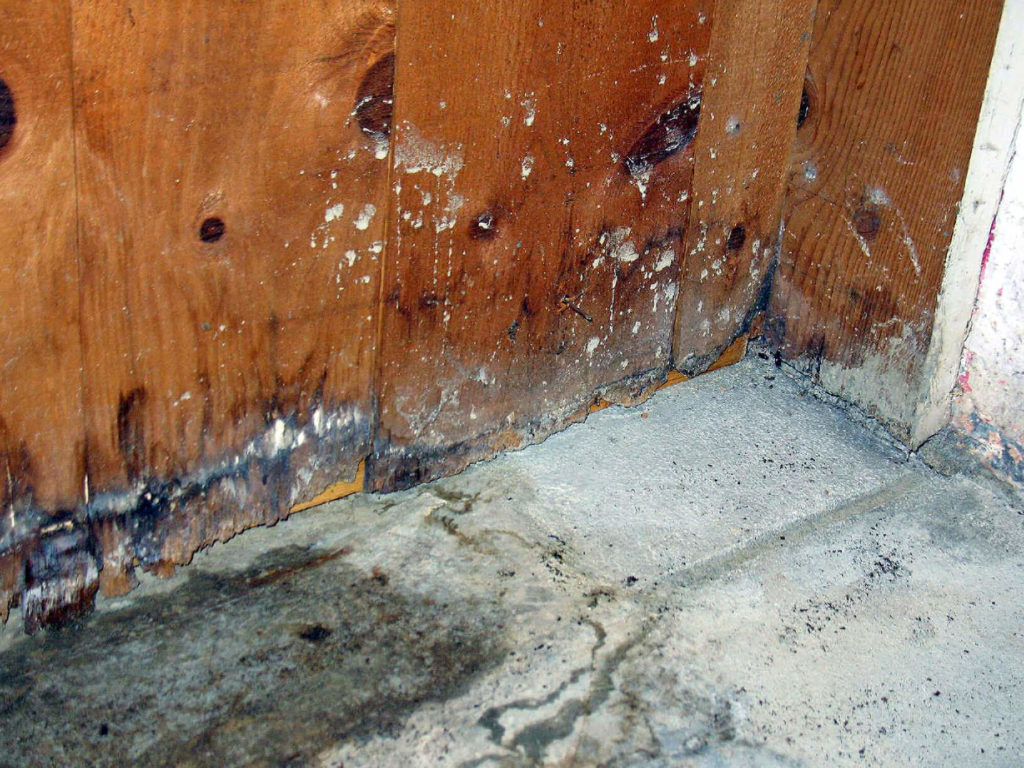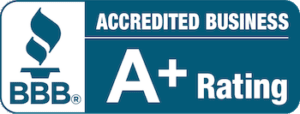One-third of all property damage losses originate from water damage. Water damage from floods, long-term moisture exposure, or leakage has to be addressed quickly. You should not hesitate to call a water damage restoration company if you suspect damage.
Preventing further property damage and hazardous effects of mold is a priority. Estimating water damage restoration costs will depend on these factors. In the case of drywall and carpet, the best course of action is to have all of it replaced. That’s because it can often be more expensive to clean and risk mold returning.
If you are unsure of how serious your water damage cleanup may be, this guide will help measure your losses. The question then becomes: is it smarter to sell your home now or pay for restoration first?
Let’s find out what you’re dealing with before answering that question.
Classes of Water Damage
Determining the extent of your damage, professionally, begins by seeing how far water has traveled into the home.
- Class 1 is minor damage limited to just a section in one room.
- Class 2 is moderate damage that has affected an entire room’s floor and/or walls.
- Class 3 is water that has damaged the walls and ceiling to the point of major restoration.
- Class 4 is major water damage that has reached foundation materials.
Water damage is approached differently, depending on the category of damage, as well. Your damage is also categorized based on a number of factors, including the environment.
Category 1
Typical damage, caused by in-home clean water sources.
Category 2
Water that contains contaminants like detergents, urine, or mineral deposits.
Category 3
Severely contaminated water that is unsanitary and a public health risk. This can be sewage water damage, flooding damage, or water that has been stagnant for a long period of time and now contains bacterial/viral growth.
Water Extraction and Restoration
Restoration companies utilize various methods to remove, clean up, and repair water damage to your property. Here are a few examples:
Water Removal
Physical pumping of the excess surface water out of the property. Large vacuums and pumps suck out all the water before attempting to dry the materials.
Drying Process
Special dehumidifiers and heating equipment are used to evaporate and pull out all the moisture from the property. This is done slowly and methodically to prevent further damage. It can take up to a week to dry out entire rooms.
Cleanup and Sanitization
Next, everything that can be salvaged will be washed, scrubbed, and sanitized to prevent any bacterial or fungal growth. This includes filtering out the air with special HEPA filters for mold remediation.
Damage Restoration
The rebuilding process ends with replacing any materials that could not be salvaged and protecting the property from future water damage.
Water Damage Restoration Costs
Now that you have a good idea as to how involved the restoration process is, it’s time to talk about pricing. It can be difficult to give an estimate on a home without a professional examination. The categories of water damage can only give you a ballpark figure, but other factors can still change it.
There’s a distinct difference, for example, between a natural flood and a toilet break. What the water carries can affect the nature of the restoration. The amount of time passed between the initial damage and restoration also matters.
With that said, there are some rough estimates that you can use. If a leak with clean water floods a room and you clean it up the same day, it might be as low as $4 per square foot. If it involves sewage, drying out the home, repairing damaged surfaces, then you might be looking at an $8,000+ bill.
Selling a House with Water Damage
No matter how minor you think your water damage may be, it could be bad news to sell it as is. Passing the buck rarely works in the seller’s favor, especially when water is involved. You will need to go through experienced buyers who specifically handle water damaged homes to sell.
Here are some examples of how selling a home with water damage will turn off buyers:
Risk of Future Problems
Home buyers will look at your disclosure of a recent water damage issue and fear it happening to them. Even if they pay to get the water damage repaired, could it happen again? Whether a leaky pipe, roof, humidity damage, or flooding, why would they risk being in the same boat?
Rot and Corrosion to Wiring
If water damage was significant enough to flood a room, how do they know if water didn’t reach any wiring? Electrical work can be expensive, especially if it involves tearing out wires and replacing them. Most buyers don’t want to wait until they get to inspection day to be surprised.
Mold and Allergies
Many people have sensitive allergies that can be triggered by the slightest of dust or pollen. Mold spores are invisible and can become embedded in various materials before releasing into the environment. The risk for families with small children, members with asthma, or overactive allergies isn’t worth it.
How Low Can You Go?
In order to stand a fighting chance with a home on the market with recent water damage, you need to slash the price. How low should you price it? Well, it will likely be well beyond what the water damage restoration costs will be. This is because buyers aren’t going to know how much it will actually cost to repair any damage.
You are best of restoring the home yourself, then selling it OR selling it to someone who will buy it at a fair price and quick. It all comes down to how fast you really need to sell your property.
You can get a cash offer today by contacting us here. That offer is based on our many years of combined experience with water damaged homes. We will take a look at your home and finalize the offer, then have your home sold in a week.
Don’t waste years being stuck in a place you don’t want to live in anymore.





























